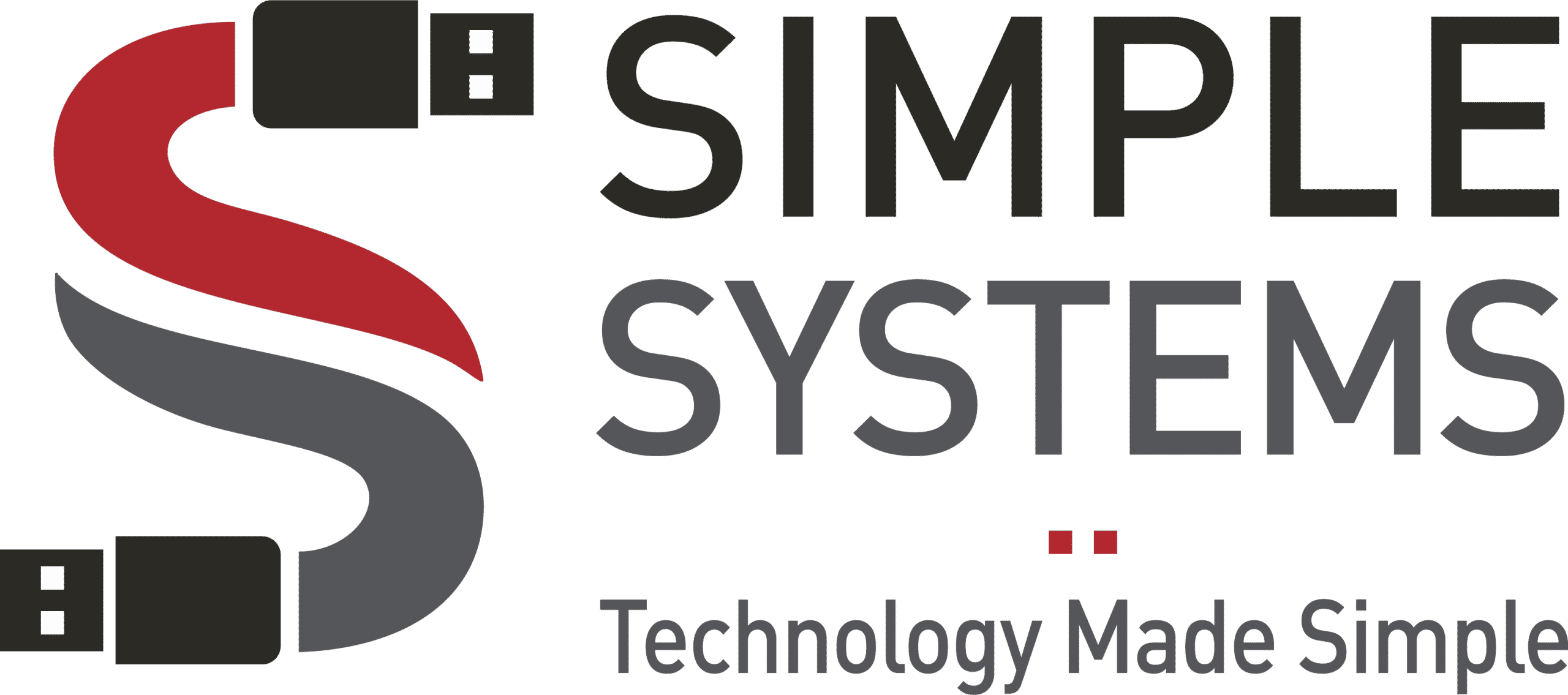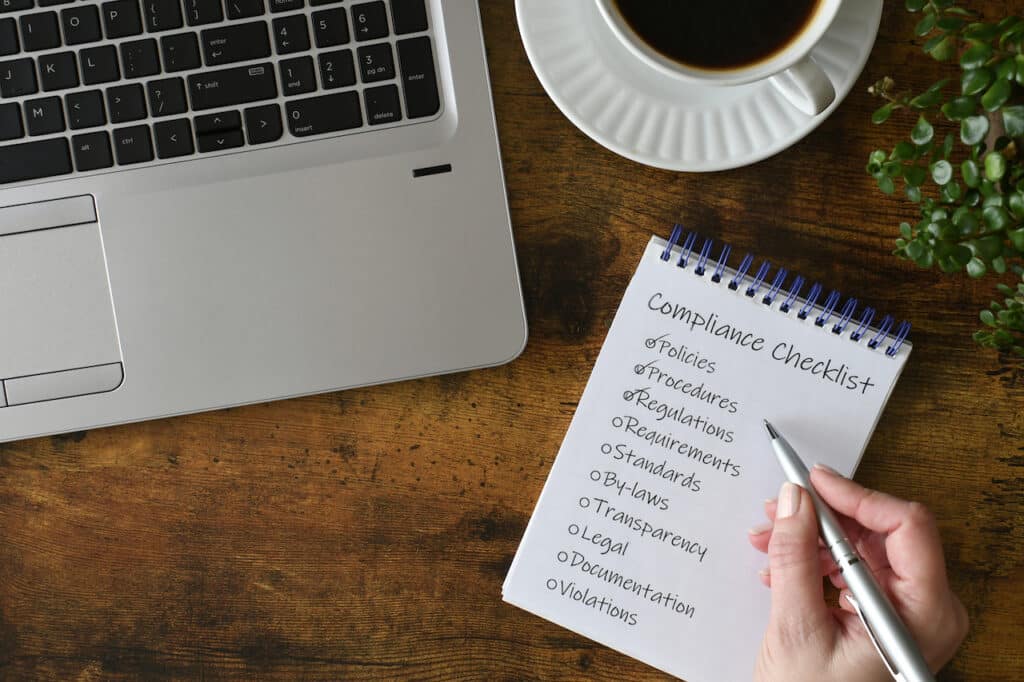When it comes to protecting patient information, HIPAA compliance is non-negotiable. A single breach in your business’s systems can lead to lasting consequences including loss of reputation. Staying compliant with the Health Insurance Portability and Accountability Act (HIPAA) can quite literally save your business in the event of an all too probable data breach.
But what exactly is HIPAA compliance and what does it mean to adhere to those regulations? We’ve created a HIPAA compliance checklist to make the process clearer.
What Is HIPAA Compliance?
HIPAA was created in 1996 to ensure that patient information remains secure, private, and confidential. The aim is to protect the healthcare industry’s patients’ data from unauthorized access or misuse.
To meet these standards, businesses must comply with certain policies and rules that make up what HIPAA compliance is:
- The Privacy Rule: Governs how patient information is used and disclosed
- The Security Rule: Outlines the technical aspects of protecting patient data, including encryption requirements to safeguard data
- Omnibus Rule: Introduced in 2013, this rule includes guidelines for breach notification that states any unauthorized use or sharing of protected information will be assumed as a breach
- Breach Notification Rules: Businesses must notify affected individuals within 60 days of a breach
Being compliant with HIPAA is an ongoing process, and it can be difficult to stay on top of all the rules. But failing to comply can result in hefty fines and up to one-year imprisonment. So it’s essential to know what HIPAA compliance is, as well as the steps to take in order to adhere to its components.
The Ultimate HIPAA Compliance Checklist
To ensure your business is compliant with all of these regulations, it’s important to have a checklist that covers every aspect. Here are some key points you should consider when creating your HIPAA compliance checklist:
- Identify Applicable Rules: Pinpoint if HIPAA applies to your organization and what specific regulations apply
- Designate Officers: Appoint the appropriate officers depending on what applies (e.g. if the Security Rule applies, appoint a security officer)
- Identify PHI: Identify PHI (Protected Health Information) and what can be shared
- Follow Procedures: Follow the appropriate disposal procedure for records containing PHI to simplify the protection process
- Create Policies: Create policies on email encryption and password protection of patient info
- Establish Procedures: Establish procedures for reporting security or breaches like how to notify patients and the HHS Office for Civil Rights of data breaches
- Follow Rules: Follow the HIPAA rules for notice of privacy practices
- Provide Training: Provide employee training on HIPAA compliance
- Conduct Assessments: Perform regular risk assessments to identify and mitigate security threats
- Learn New Policies: Establish a way to find out new HIPAA policies and regulations so you stay in the know
We know the HIPAA compliance checklist can feel overwhelming which is why partnering with a HIPAA compliance expert like Simple Systems can help destress and unload the burden that comes with fully understanding HIPAA compliance.
Simple Systems: Take the Stress of Compliance Away
At Simple Systems, we understand that staying compliant with HIPAA is no easy task. That’s why we offer comprehensive solutions to help your business meet HIPAA compliance checklist requirements.
From employee training and risk assessments to encryption and password protection of patient information, our team of experts can help you every step of the way. We’re here to take you from asking “What is HIPAA compliance?” to feeling comfortable knowing your company’s compliance is in good hands.
We’ll make sure that your business meets all the HIPAA standards so that you don’t have to worry about hefty fines or other consequences. Contact us today to get started on your individualized compliance journey.


